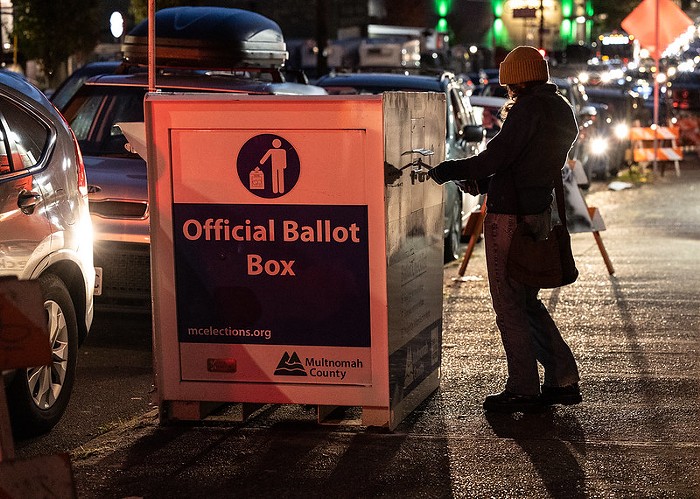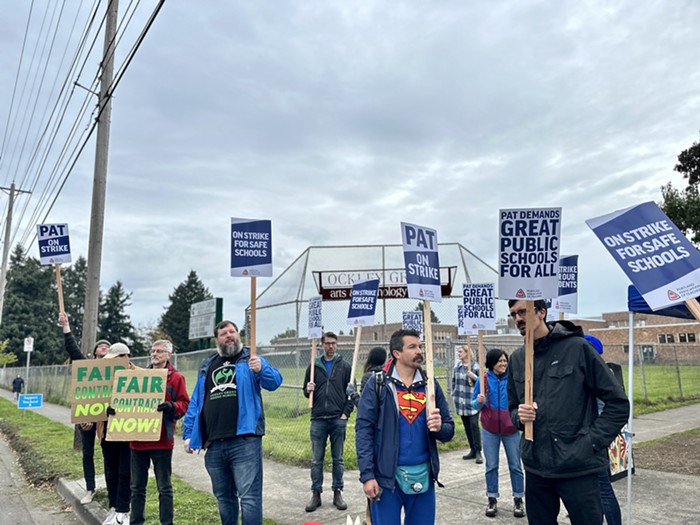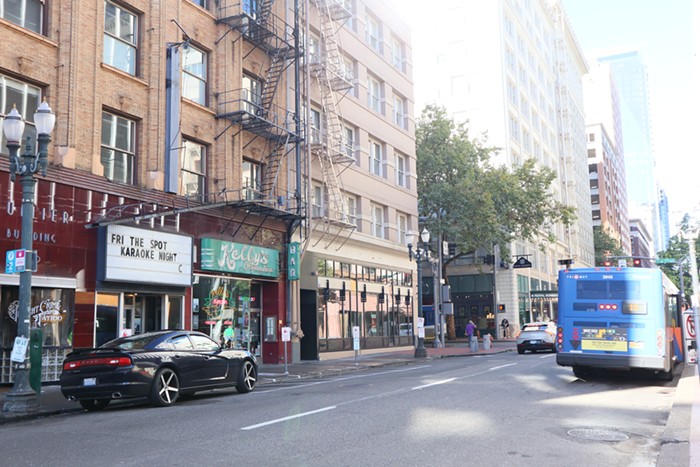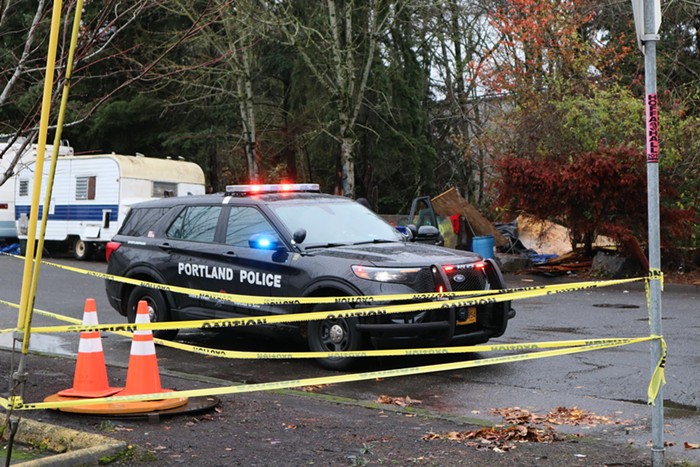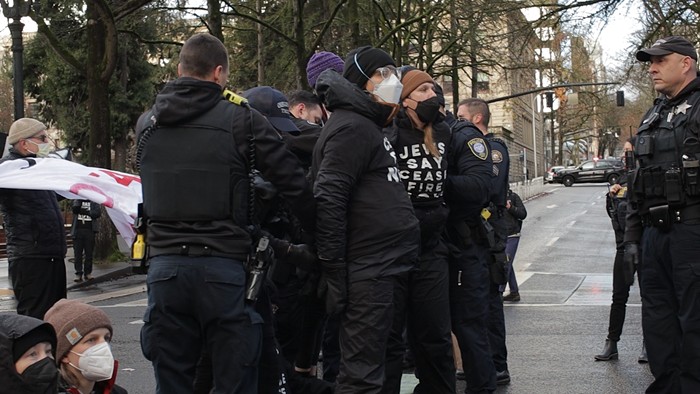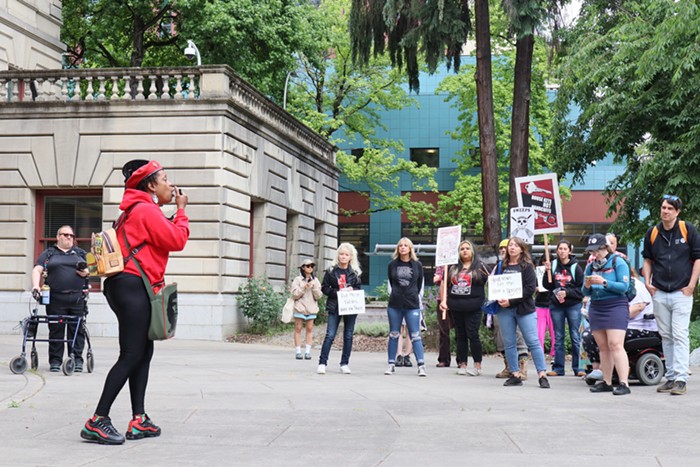
As Portland's population grows, so does the number of traffic fatalities involving pedestrians and bicyclists, according to a new report released by Metro.
The 2018 report outlines crashes from 2011 to 2015 and follows a 2012 report by the same name that analyzed traffic dangers. Bike Portland's comparative analysis notes that arterial roadways—those with more than four lanes of traffic—are the most deadly roads. In 2012 they accounted for 59 percent of serious accidents, and the 2018 report indicates that they now account for 73 percent.
The increasing number of neighborhood greenways throughout Portland may account for the lower number of traffic deaths in non-arterials, but government should take note that these arterials are by far the most dangerous areas in the city for pedestrians and bikers — especially at night, when 64 percent of serious pedestrian crashes happen.
Though the report lacks specific recommendations, the city has already been taking steps to improve safety in specific corridors, despite significant opposition from the car-loving members of the community. Whether it will fully commit to making all of Portland—including East Portland—accessible by foot, bike, and public transit remains to be seen.
The Portland Bureau of Transportation (PBOT) committed to becoming a "Vision Zero" city in 2015: a promise of zero motor deaths in the area by 2025. And there have been positive steps toward that goal—a law passed last year allowed the city to lower residential speed limits to 20 miles per hour, resulting in the "20 is plenty" campaign that's beloved by bikers and grumbled at by drivers. And as part of PBOT's campaign, it plans to redesign the 30 roads with the highest proportions of traffic deaths—the "high crash network" that PBOT says account for "only 8 percent of city streets, but account for 57 percent of deadly crashes."
At a packed transportation forum for city commission candidates earlier this month, most of the candidates supported stronger multi-modal integration (like weaving more bus routes, MAX lines, and bike lanes across the city) instead of the half-billion dollar highway expansion project. Felicia Williams and Andrea Valderrama advocated for increased bus and MAX infrastructure, especially in underserved East Portland. Commissioner Nick Fish said at the forum, "We must take back 82nd and also Powell,” referencing two roads currently controlled by the Oregon Department of Transportation associated with high levels traffic fatalities.
And just last week, city council voted to approve an emergency plan to slow down traffic on SE Stark between between 109th and 162nd avenues, an infamously deadly section of the street for anyone not in a car.
